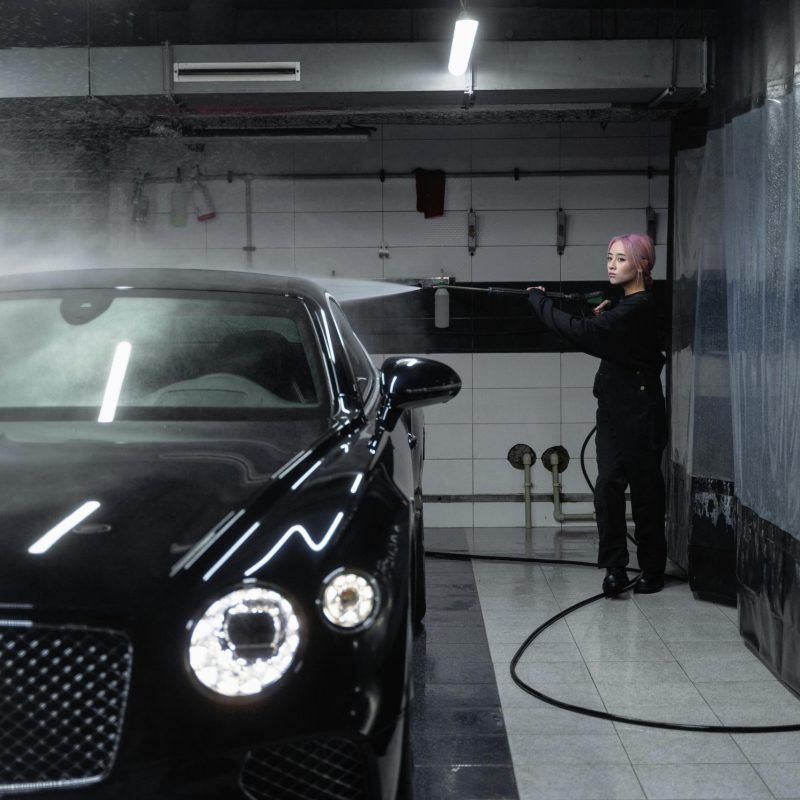Car Headlight
Since the early days of motoring, advancements in headlight design and function have aimed to improve visibility and safety for nighttime drivers.
Since the early days of motoring, advancements in headlight design and function have aimed to improve visibility and safety for nighttime drivers.
The first motorcar headlamps consisted of simple oil-burning lanterns, which projected low, uneven light output. In 1898, the first electric headlights appeared using acetylene gas to produce illumination. This article explores the progression of headlight technology from basic acetylene lamps to modern LED and laser systems. Find out more about arbeidslys here.
While innovative then, these early acetylene lamps had drawbacks. They required frequent adjustment to stay aimed correctly.
In 1924, the first modern headlights emerged with the introduction of sealed beam lighting. These incorporated the bulb, reflector and lens in an airtight housing.
Silvered reflectors increased brightness by directing more light forward. But lighting performance was still primitive by today's standards.
Halogen headlights arrived in 1962 and swiftly became standard equipment. Their innovative halogen gas-filled bulbs created brighter, whiter light than previous incandescent lamps.
Xenon beams also distribute light more evenly while reducing glare. Their bluish-white output offers improved night vision. While costlier, xenons deliver better performance for nighttime drivers. Halogens also last longer – around 500 hours before needing replacement. Their focused beams improved illumination over earlier sealed beams. But light output still dropped steadily between bulb changes. In the 1990s, xenon headlights emerged as the next evolution using ionized xenon gas instead of a heated filament. This increased bulb longevity up to 3 times longer than halogen units. Click here to know more about ekstralys here.

The most recent transformation came with the introduction of LED headlights. Using arrays of light emitting diodes, LEDs last up to 50 times longer than halogen bulbs.
LEDs emit brilliant, uniform light in complex beam patterns optimised for visibility around curves, junctions and hard-to-see peripheries. With tiny solid-state electronics, they withstand vibration damage better. Checkout more about LED Headlights here.
Though expensive initially, LED lifespan and efficiency provide cost savings over time. They represent the pinnacle of current headlight innovation.
From minimalist beginnings, headlight technology has steadily advanced over a century of motoring history to the intelligent lighting systems available today. The open flames also posed fire risks. Drivers strained to see beyond the small illuminated area ahead. Here you may see more info about lumen.
Ongoing refinements aim to maximize road illumination and response time to hazards to make nighttime driving safer. As innovation continues, the future looks bright for after-dark motoring.

